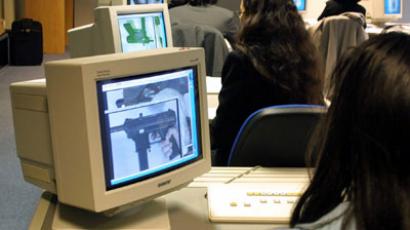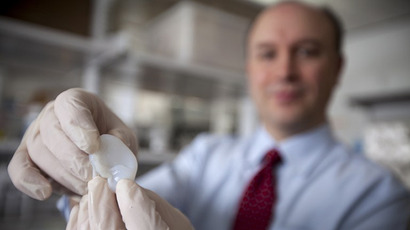Cut-price space? NASA successfully tests 3D-printed rocket engine injector
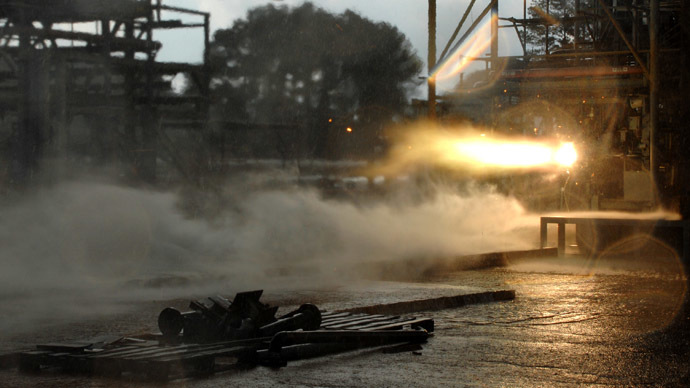
NASA has published a video of a rocket engine partly manufactured using 3D printing technology. The US space agency looks forward to bringing the price of some expensive parts of rocket engines down by 70 percent in the near term.
NASA experts believe that successful test, which took place at NASA's Marshall Space Flight Center in Huntsville, Alabama, on August 22, opens a new era for 3D printing technology in the space industry.
A 3D printed injector, designed by NASA and produced by Directed Manufacturing Inc., of Austin, Texas, has passed a test of extreme pressures of up to 1,400 pounds per square inch absolute and temperatures of up to 6,000 degrees Fahrenheit (about 3,300 degrees Celsius) during an engine firing that generated an awesome 20,000 pounds of thrust.
Though the injector has worked flawlessly, engineers are busy analyzing the after-effects of extreme operation on the material the injector is made of, and are scanning its structure for possible deformations.
An injector is a rocket engine part that delivers fuel components, liquid oxygen and gaseous hydrogen, into a combustion chamber of an engine. The latest test proved that an engine with the injector of NASA design produced 10 times more thrust than any of the previously 3D-printed injectors.
This injector has also become the largest 3D printed rocket engine component NASA ever tested.
Prior to this test, several smaller 3D-printed injectors were tested at Marshall Center and at NASA's Glenn Research Center facility in Cleveland, Ohio.
“This successful test of a 3D printed rocket injector brings
NASA significantly closer to proving this innovative technology
can be used to reduce the cost of flight hardware,” said
Chris Singer, the director of the Engineering Directorate at the
Marshall Space Flight Center.
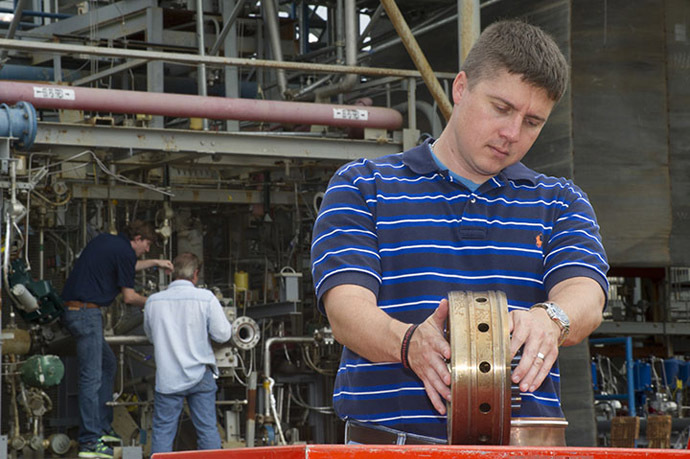
Now that 3D printing has proven to be able to produce heavy-duty parts of sophisticated equipment, NASA specialists plan to manufacture more rocket engine parts using this revolutionary, cost-effective technology – which can slash production costs by up to 70 percent.
The key to major cost savings is reducing the number of parts the engine consists of. For example, the new injector consists of only two parts, whereas its predecessor had 115 parts.
“We took the design of an existing injector that we already tested, and modified the design so the injector could be made with a 3D printer,” said Brad Bullard, the propulsion engineer responsible for the design of the injector. “We will be able to directly compare test data for both the traditionally assembled injector and the 3D-printed injector to see if there's any difference in performance.”
This has become possible due to innovative selective laser
melting technology used in the 3D printer produced by Directed
Manufacturing. The method implies forming a complex part by
building up layers of nickel-chromium alloy powder. Similar
injectors could be used in NASA’s future RS-25 engines for the
Space Launch System rocket planned for deep space manned
missions, such as flights to Mars and possible asteroid mining
projects.
“This entire effort helped us learn what it takes to build
larger 3D parts, from design to manufacturing, to testing,”
said Greg Barnett, the lead engineer for the project. “This
technology can be applied to any of SLS's engines, or to rocket
components being built by private industry.”
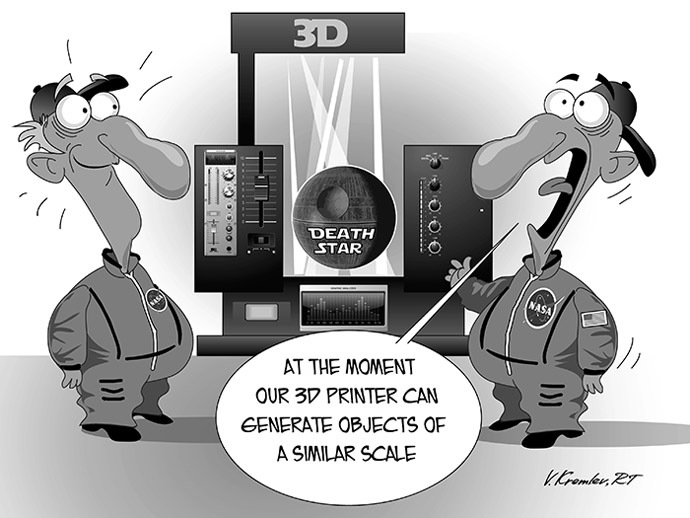
The US National Network for Manufacturing Innovation and the Advanced Manufacturing Initiative, of which NASA is the leading partner, is looking for ways to reduce space travel costs using innovative materials and additive manufacturing.
For example, the Marshall Space Flight Center has recently completed tests of a 3D printer that will print tools for American astronauts right on board the International Space Station. The printer has been developed by Made in Space, a company from Moffett Field, California.
NASA is also funding research into 3D printed food which would provide astronauts with meals during long space flights.
Although 3D printing technology could make the impossible possible, such as creating tissue-like material that could revolutionize medicine (), it has also sparked controversies, such as 3D-printable functional firearms.













